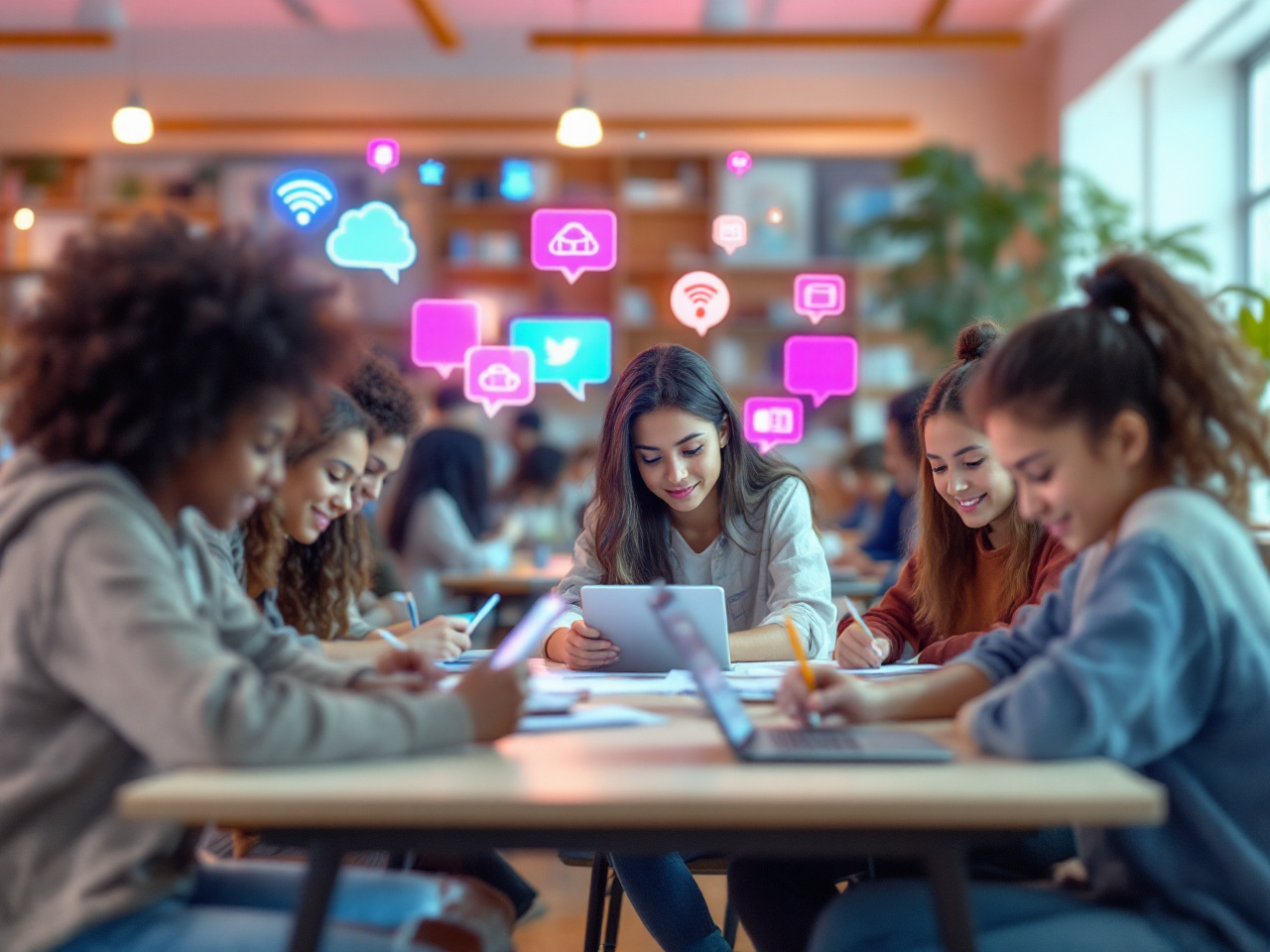The demands of the postmodern era and the rapid developments in technology present new challenges, resulting in a redefinition of the goals and means of teaching literacy. New social practices and new literacies gradually lead to a shift in scientific interest from the traditional model of literacy, which focuses on the basic teaching of the three R's (Reading, Writing, Arithmetic) (Kalantzis, Cope & the Learning by Design Project Group, 2016), to highlighting the “multiplicity of literacies”. Under the umbrella of literacy, a plethora of terms, such as information literacy, oral literacy, visual literacy, media literacy, science literacy, emotional literacy, etc., demonstrate the trend of communication and meaning-making, through signs, signals, codes, and/or graphics, whether as sender or receiver. Consequently, language is gradually marginalized as the dominant symbolic system of communication (Lankshear & Knobel, 2011).
Accordingly, concerns arise regarding the usefulness of existing school textbooks, the suitability of the curriculum, the fragmentation of scientific knowledge, and the outdated methods of student assessment. On the other hand, Learning by Design is based on the utilization of digital technologies and the use of simple or complex digital tools in modern learning environments, where new communicative skills are developed, with images, graphics, sound, and generally multimodal information strengthening their position against monomodal discourse (Kalantzis, Cope & the Learning by Design Project Group, 2016). Changes in the semiotic landscape and globalization also bring about transformations in writing and reading practices, given that the multimodal nature of networked communication encompasses complex combinations of words, images, and sounds on the "pages" of the screen, while at the same time we are continually led through links to other "pages" and other computers (Prinsloo, 2009).
In the information age some characteristics of the digitally literate include a) the ability to use technological means, b) the search, analysis and evaluation of information, c) problem-solving and decision-making, d) the creative and effective use of productive tools and e) comprehensive training to become effective communicators of messages, collaborators and producers of texts (Wheeler et al., 2000). According to more recent publications, the criteria of the International Society for Technology in Education (ISTE, 2024) also focus on the digital citizen, their identity, positive, safe, legal, and ethical behavior online, rights and obligations regarding intellectual property, and the prudent management of personal data. The ISTE standards for students define them as a) empowered learners, b) digital citizens, c) knowledge constructors, d) innovative designers, e) computational thinkers, f) creative communicators, and g) global collaborators. At the same time, educators constantly seek to upgrade their role as empowered professionals by a) improving their practices through interaction with colleagues (educators as learners), b) by supporting their students in their effort to succeed in the digital world and provide them with equal opportunities to technological means (educators as leaders), and c) by facilitating the students’ entrance into the digital world, taking into account factors such as safety, ethics and content of the material used or produced (educators as citizens). Additionally, by adopting the role of the “learning catalyst” (ISTE, 2024, p.6), educators:
- collaborate with both colleagues and students to broaden their learning experiences and means to improve acquisition of knowledge in the digital world,
- they design authentic material and resort to innovative teaching methods which provide access to online environments,
- they facilitate learning by familiarizing students with new digital tools
- they comprehend and resort to data which will enable them in the role of “analysts” to organize their instructional methods and provide support to students in the process of attaining their goals.
The students of the 21st century, as digital natives (Prensky, 2010) and ICT savvy (Ståhl, 2017) individuals, are familiar with basic software, reading e-books, using search engines, finding words in electronic dictionaries, digital games, blogs, online environments, etc. Therefore, it is expected that they lose interest in existing school textbooks, which are one-dimensional and outdated, while simultaneously relying on obsolete assessment methods.
In this context, immersing in technology, digital tools and modern online environments can totally transform the educational experience. Collaborative online work, such as padlets, online questionnaires and online documents as well as the use of digital tools, enhance and motivate learning since computers, tablets and cell phones are part of students’ out-of-school literacies. As for educators who are not familiar with digital tools and hesitate to implement technology in their classrooms, there are mentors, ambassadors and online educators who can provide assistance and organize a variety of seminars which present the current methods in order to integrate technology in the classroom. Furthermore, there are a variety of online communities and fora who share their material and knowledge so as to make reluctant teachers feel less intimidated.

